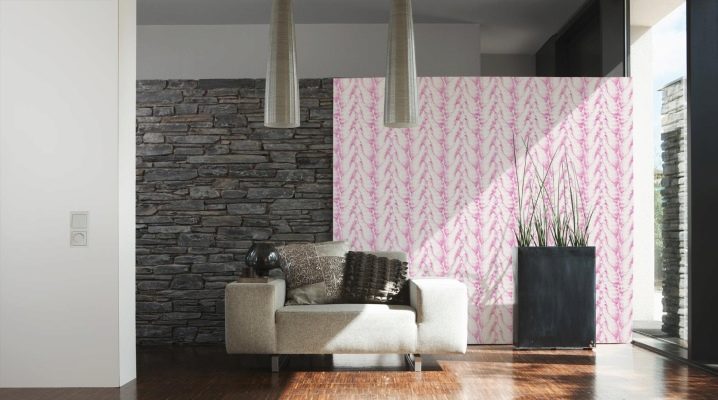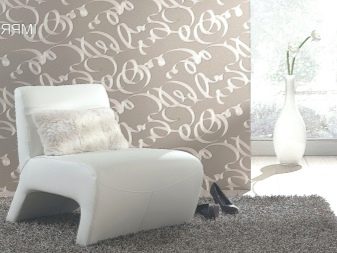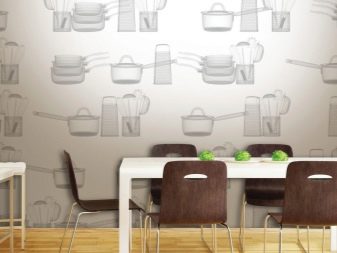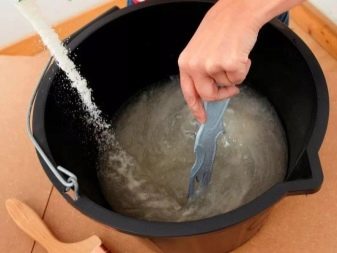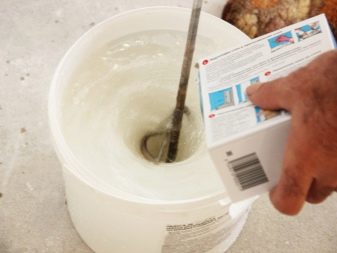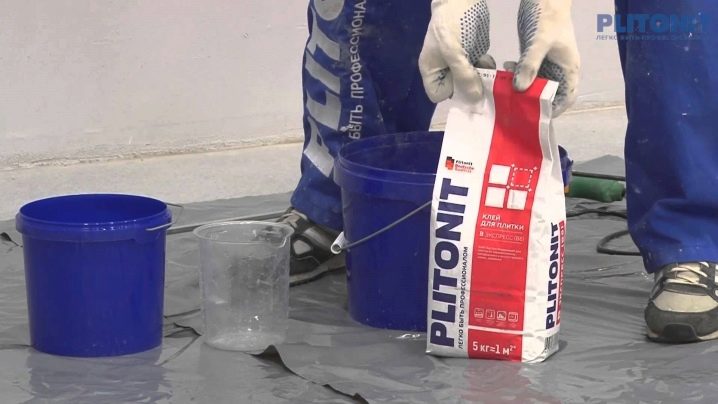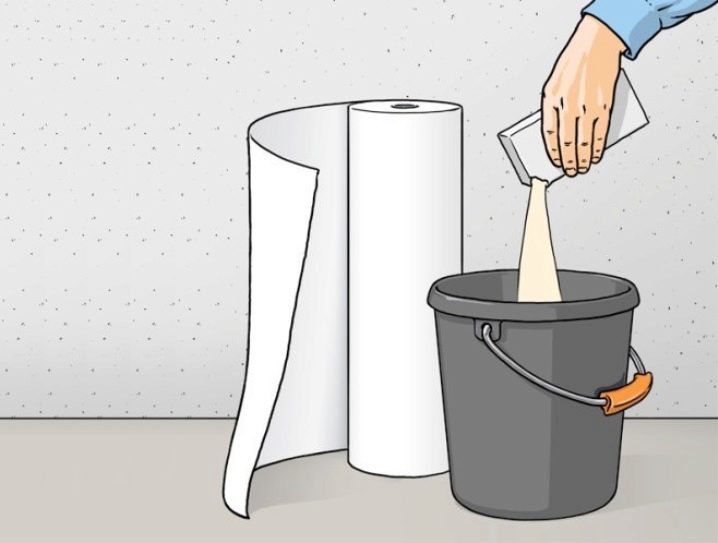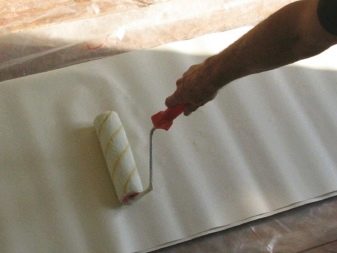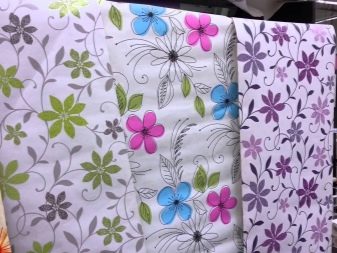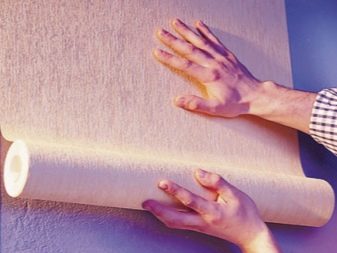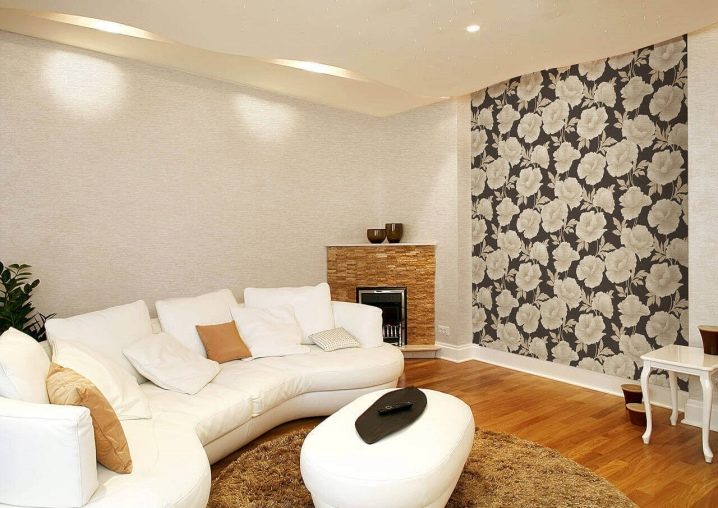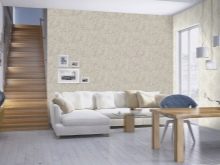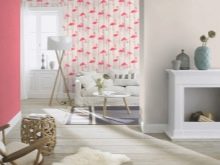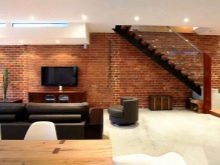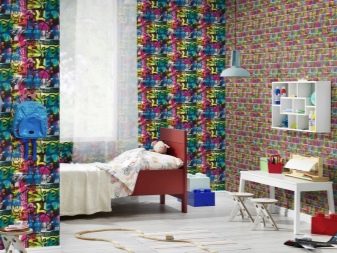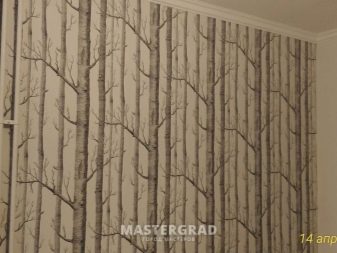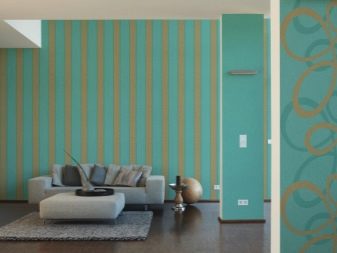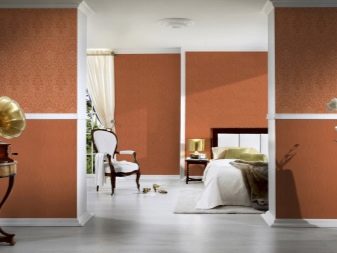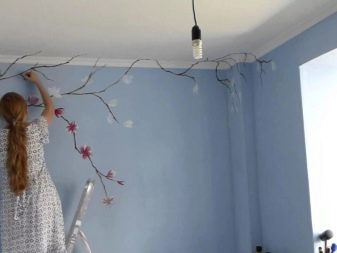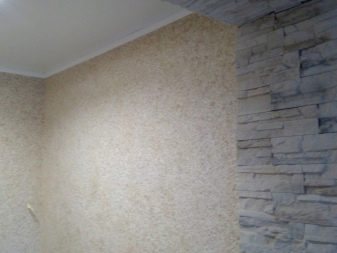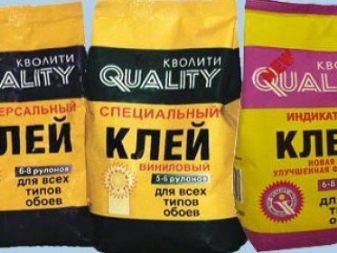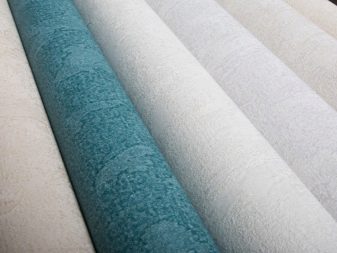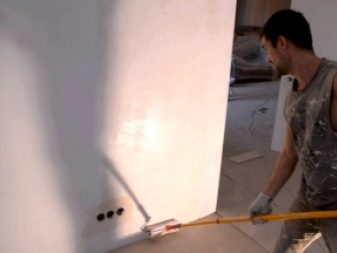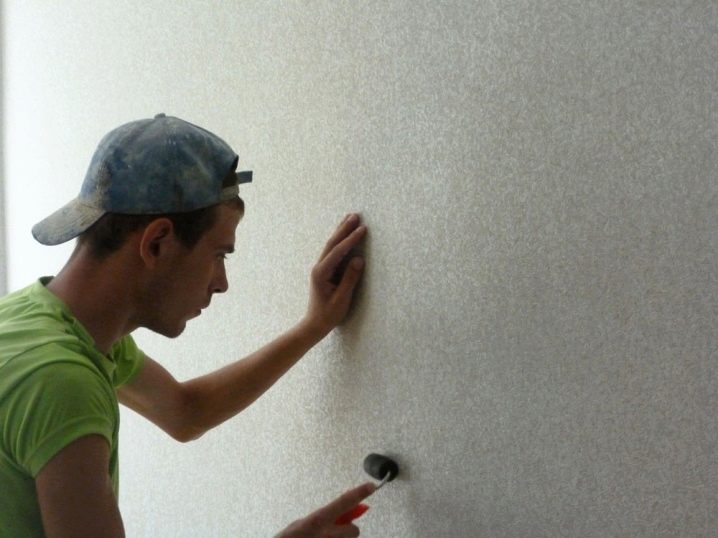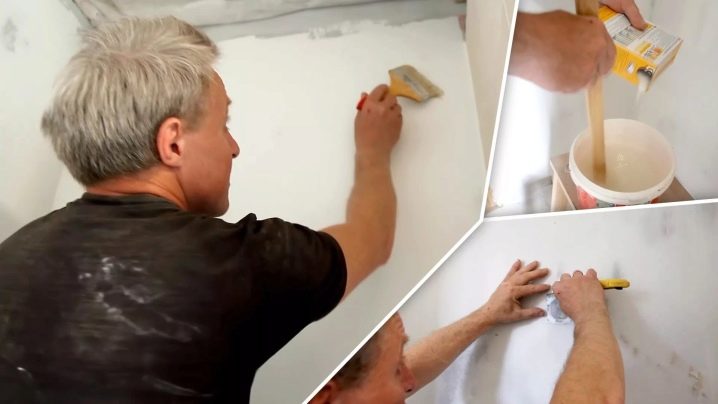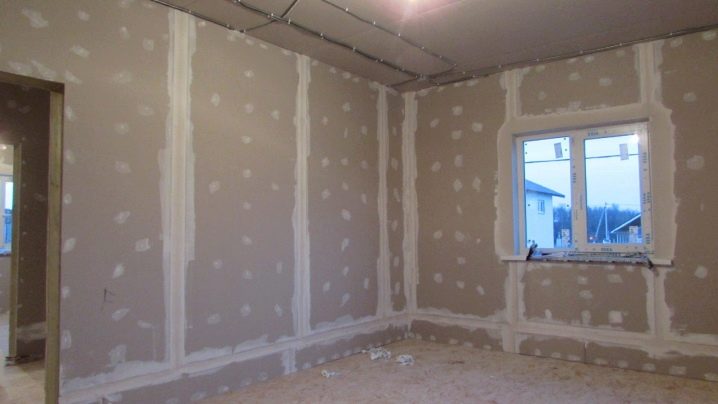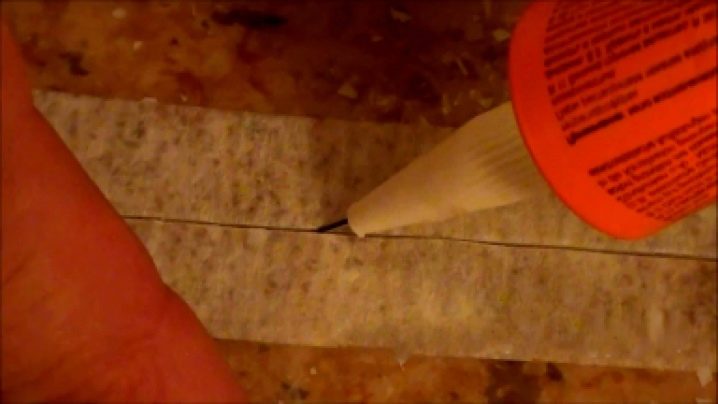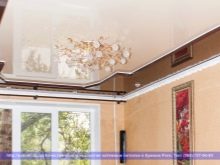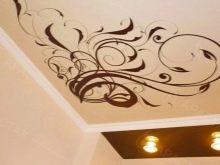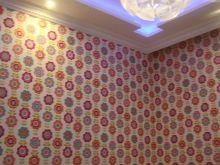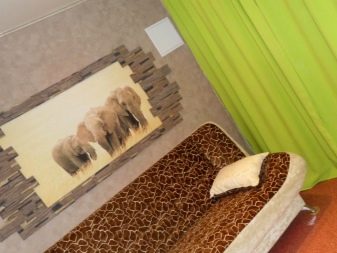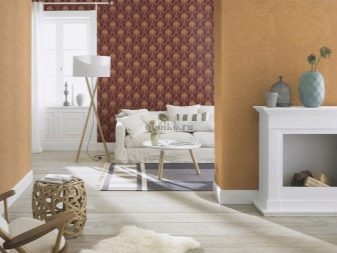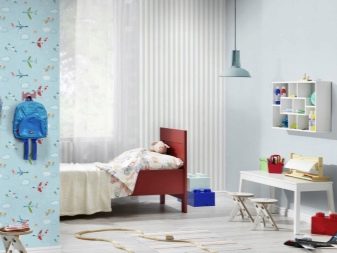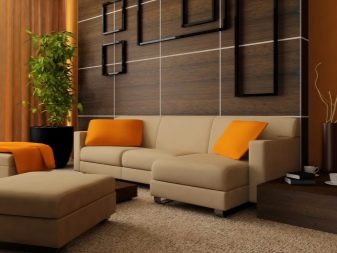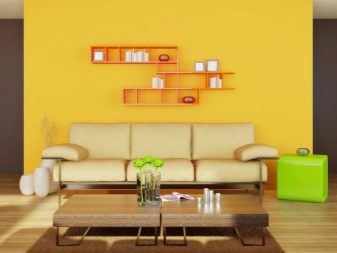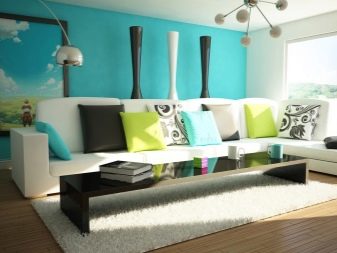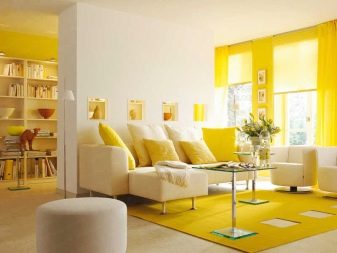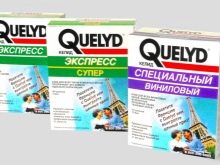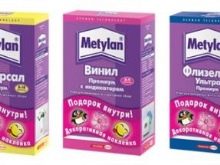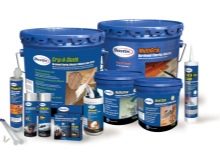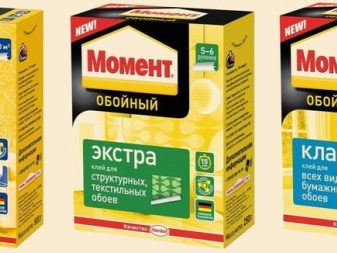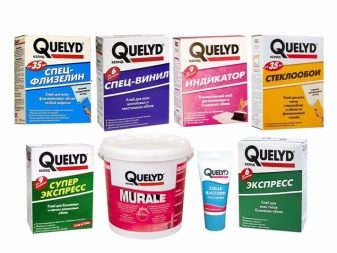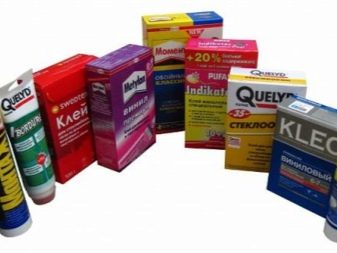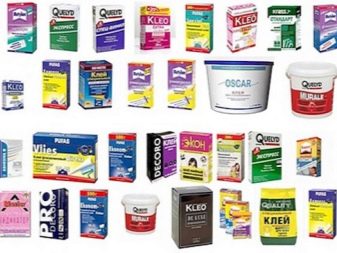Wallpaper glue: how to choose the best?
When choosing a wallpaper, one should not forget that wallpaper glue can show all the beauty of the canvases, securely fixing them on the wall, or say that the repair was unsuccessful, and the wallpaper fell off. Foreign and domestic manufacturers offer a large selection of glue. Some formulations are applied directly to the canvas, others to the wall or ceiling. There are those that have already been applied to the wallpaper, and you just need to moisten them with water to start sticking. The main thing is to choose the best glue for a particular type of wallpaper.
Features of the composition
The adhesive mixture is a dry powder often white. It is diluted with water, and it becomes a viscous, transparent or colored mass. The consistency of the mass depends on the amount of water added.
Wallpaper adhesive composition consists of the following components:
- Basis with a large mass fraction. It is mainly used methylcellulose or modified starch.
- Polyvinyl acetate (PVA) is part of the mix for vinyls. This non-toxic substance is almost odorless and does not pose a health hazard. But it has excellent adhesive properties.
- Bactericides and fungicides are anti-fungal components that prevent the appearance of not only mold and fungus, but also insects.
In the room, covered with wallpaper, there will always be people of different ages and health.
therefore you need to choose a composition that meets the following conditions:
- High level of environmental friendliness and safety. In the mixture should not be toxic substances. Indications for this must be present on the packaging.
- Glue substance should be uniformly dissolved in water. The diluted composition should not contain lumps.
- Modern industrial adhesives can be stored in finished form for several days in a closed container in a cool place, without changing their properties.
- When you purchase you need to carefully examine the information on the packaging,to better know the characteristics of a particular adhesive mixture.
- The most important is the degree of adhesion, that is, the adhesive ability. It is distinguished as the initial and final. The adhesion force of the compound to the surface at the moment of contact is called the initial adhesion. The final adhesion is called the degree of adhesion of the fabric to the surface after the glue dries. The numerical value of this indicator on the package is not found, but there is a verbal one, which speaks of a high adhesive ability or a good slip after contact with the wall. Glue mixtures with PVA have a high degree of adhesion, methylcellulose - a moderate degree, and modified starch - a lower one.
- The next characteristic is the compatibility of the adhesive composition with the surface of the wall or ceiling. A good manufacturer indicates whether this glue is suitable for wood, concrete, plaster or metal surfaces.
- The percentage of fungicides is the third characteristic. Norm - no more than 3 percent. A larger amount is harmful to human health.
- The pH level of the balance, equal to 7 units, is a good acid-base indicator. With this indicator, the wallpaper will not get yellow spots after drying.
- Moisture-resistant composition is important for highly wet areas.
- Hygiene, no toxic substances and unpleasant odor.
Each composition has its own characteristics that affect the compatibility with the surface.
Based on these features, all species are divided conditionally into 5 groups:
- Highly specialized for inexpensive paper wallpaper. Consists of base (97–100%), fungicide and bactericide (0–3%). Gradually out of use due to narrow application.
- Glue for Vinyl Wallpaper about 75% consists of base, about 25% - PVA, from 0 to 3% - bactericide and fungicide. In addition to heavy vinyl paintings, suitable for non-woven, paper duplex, paper embossed, natural textile-based. The disadvantage of the application for cheap wallpaper types is in the high price of glue.
- Universal Wallpaper adhesive composition is not for nothing called. The relatively high price and good adhesive qualities make this glue, according to the manufacturers, suitable for the above. But miracles do not happen: for vinyl heavy wallpaper, it is still better to choose a special blend.
- Glue for non-woven wallpaper suitable for them and paper canvases.With more severe options, he just can not cope.
- Special mixture for glass fiber - it is a dispersion composition of increased strength. This is an expensive glue, but it can be used for gluing textile, metallized, non-woven, laminated fabrics. It consists of 50% base, about 50% PVA and not more than 3% fungicide and bactericide.
And one more thing: adhesive mixtures are sold in plastic buckets in finished form or in packages (and also in small buckets) - in dry form.
Species by type of coverage
Compatibility of the three components: the surface of the wall (ceiling) - wallpaper - glue ensures that the wallpaper will long please the eye with its beauty. But for this you need to get acquainted with the characteristics of the coating itself, that is, wallpaper. This will help you better choose the right combination. There are about 10 types of wallpaper. Let's stop on the most popular.
Vinyl
This wallpaper is perhaps the most popular. As a basis for vinyl use paper or interlining. They are applied vinyl film.
Depending on the method of application, wallpaper is divided into:
- Smooth - such a film resembles a ceramic-tile or stone, sticking is carried out on relatively flat walls without deep flaws;
- Foam - breathable film, well hides the defects of the walls;
- Solid due to the dense and rigid film imitating natural finishing materials (stone, brick, textiles, textured plaster); these wallpapers are suitable for painting;
- Hot stamping canvases (silk-screen printing) - a thinner material, because of which all the construction flaws of the walls will be visible; before sticking should be made substrate.
Vinyl wallpaper after drying glue mix shrink and can form gaps. It is very important to use the right "vinyl" glue so that the wallpaper does not fall from gravity.
Paper
The most short-lived type of wallpaper. In order to prevent wallpaper glue from penetrating through thin paper and leaving yellow spots, it is better to use synthetic mixtures. To glue cloths should be carefully, as from the adhesive composition, they are very wet and can tear.
Flizelinovye
Flizelin is a combination of textile and cellulose fibers using polymer like fiberglass. It is stronger than paper wallpaper, does not change its size at the time of sticking. Only the wall is covered with adhesive, which makes work much easier. But the canvas is translucent, so both the wall and the ceiling should be carefully processed, and the glue should not contain undissolved lumps.
Glass fiber
Such wallpapers will be a salvation for homes where pets or active children live: they are invisible with claw marks and hitting the ball or Lego. In addition, they are not harmed by repeated painting that can update the interior. Such wallpaper can be used as a ceiling, because, firstly, due to the special, especially strong glue, they will be able to hold out for a long time on a horizontal surface; secondly, it is an eco-friendly breathable version of the wall covering.
Similar characteristics have a liquid wallpaper. In appearance, these are completely different materials. If a special adhesive was created for glass wall murals, which is applied to the wall before sticking, then dry glue is already included in the liquid wallpaper mixture, which is kneaded simultaneously with all other components.
Differences by purpose
The choice of a mixture for gluing wallpapers can be made on the basis of personal experience, advertising of manufacturers, advice from friends and relatives, sales assistants. When asked what advice to trust, the answer will be: to everyone and to no one. After all, only the one who makes repairs knows the specifics of the surface and the type of wallpaper, as well as the humidity of the room.And most importantly, what is glue for: walls, ceiling, joints, curbs.
For cloths wallpapers
As mentioned above, for different types of wallpaper canvases, manufacturers offer different types of compositions. Here it should be added that adhesives are not only transparent, translucent, but also with a color indicator. Such a dye pigment allows to coat sheets and walls without space gaps. Thus, thorough coverage is guaranteed. If the glue through the joint is on the front side - it does not matter, after a while the indicator becomes discolored.
The price of this mixture is more. Especially it can help beginners. If professionals do the gluing, then you shouldn’t waste money.
Since the pasting of the walls and ceiling is about large wallpaper canvases, the adhesive should provide a good coupling. To improve this quality, heavy types of wallpaper are produced with a substrate, most often of paper or non-woven fabric. But the older generation is well aware of another type of substrate for wallpaper - newspapers, which are pasted over the walls. It was not the perfect solution: thin paper wallpaper shone through, printing ink appeared through the canvases.It was then that the idea arose to supply the wallpaper with a special lining material.
Now, manufacturers offer substrates not only to align the walls, but also to warm them in the process of gluing wallpaper. It is antibacterial, evenly absorbs glue, thus avoiding the appearance of air bubbles. Is a soundproofing material. It is easy to cut, glue; it is not subject to rotting, moisture condensation, mold. When changing wallpaper, the substrate remains on the wall, which significantly saves money on leveling and warming walls.
But there is the possibility of leveling the walls before sticking wallpaper directly by the glue. This is a very frequent technique used by professionals and home craftsmen. These primers are made from a mixture of PVA and wallpaper glue. But, since many adhesive compositions already contain PVA, there is no need to mix with anything. Mention that the glue can be used as a primer must be on the package.
The advantage of this method is that you do not need to buy special primers, which can cost more, and even dry longer.Whether to wait for the complete drying of the adhesive primer depends on the composition: methyl cellulose does not require complete drying, the starch must be completely dry.
To prime the walls and ceiling with wallpaper paste, you need:
- buy glue that can be used as a primer;
- Dissolve 250 gram pack in 5–6 liters of cold water, stirring thoroughly with a mixer;
- leave the composition for 5 minutes;
- add enough water to make a kefir consistency (most likely it will be a whole bucket of glue);
- a fur roller (in the corners - with a brush) to prime the surfaces of the walls and ceiling;
- leave to dry for 4 hours.
When sticking, you can cover with adhesive only one surface - wallpaper or wall (depending on the type of wallpaper), or both, if the wallpaper is too heavy.
Joints
This is a special composition that is used to glue the fabric in hard-to-reach places: corners, behind the battery, by the window or door. It is different from any other wallpaper glue. It has a very high coupling speed. It is produced in a tube, it has a dispenser and sometimes a brush for applying on surfaces that are difficult to reach with a tube.
Until the glue for sticking seams is dry, it can be easily removed with water and a cloth. After drying it is impossible. The usual composition of a hot battery or on a poorly primed wall can compress the wallpaper, and the docking seam in this place will disperse. With glue for joints this does not happen. It is suitable for any type of wallpaper.
The composition in the tube is already a working solution, it does not need to be diluted with water. The only danger - in the liquid state can not be poured into the sewer, it is harmful to the environment. In the dry form - completely safe. Many well-known companies produce adhesives for joints under their own brand.
To glue loose seams, you need to soak the edges of the webs that have departed from the surface and take them away from the wall. Apply glue for joints, press to the surface and roll with a roller for better hitch. To enhance the effect, a cardboard is applied to the joint, and through it the joint is heated by a building dryer.
Borders
For decoration and careful sizing of the corners between the wall and the ceiling, wallpaper curbs are often used. They differ in texture and relief. And for them you need to use a special glue. It is distinguished by density. In addition, it is quick-drying.
The borders can be glued in two ways: using a tie between the canvases - flush and on top of the wallpaper. Both methods must ensure thorough adherence to the surface. In the first case, the use of ordinary glue can lead to loose joints. In the second, with textured wallpaper, it is bad for them to stick.
The shape of the border glue packs may be different. The tube is most convenient to use.
How to make at home?
For various reasons, there is a need to make wallpaper glue with your own hands. To prepare such a composition is not so difficult, and the components are not uncommon. There are several ways to prepare paste.
Method one - for gluing paper, cardboard, sticking wallpaper:
- pour warm water into a metal container and add rye or wheat flour to it (at the rate of 2 tablespoons of flour per 1 liter of water);
- Cook over low heat for 5 minutes, stirring well.
Method two:
- pour water into a bucket or pot and gradually pour in flour (at the rate of 1 part flour and 3 parts water);
- stir the contents thoroughly;
- boil over very low heat, stirring constantly, until boiling;
- after boiling strain and cool.
Method three - for walls in a room with normal humidity:
- mix 0.75 kg of potato starch and 0.2 l of denatured alcohol or wood (methyl) alcohol;
- pour 1.5 l of water into the mixture and mix;
- add boiling water 8–9 l;
- boil;
- in a separate container 100 g of alum (alum sold in a pharmacy) diluted in 0.3 liters of water;
- mix the alum solution with the mixture and stir;
- paste and cool and filter.
The third way - for walls in rooms with high humidity:
- 40 g of calcium chloride (pharmaceutical preparation) diluted in 0.6 l of water;
- boil;
- in a separate large capacity mix 0.4 liters of water and 0.4 kg of potato starch;
- add boiling calcium chloride here;
- Heat the mixture and add 4–5 liters of hot water;
- boil for 2-3 minutes.
Manufacturers
In Russia, they are accustomed to use adhesive compositions of both domestic and foreign manufacturers. German Metylan (“Methylan”), French Quelyd (“Kelid”), French Kleo (“Cleo”), French Bostik SA (commissioned by “Leroy Merlin”), German UHU delight consumers with the quality of a product and a variety of products: adhesives for cloths and joints, as well as borders cause positive feedback.Also, buyers talk about the multifunctionality of certain types of compositions: they are suitable not only for pasting wallpaper, but also for gluing together a wide variety of materials. What is not always satisfied with the consumer is the price.
One of the most popular adhesives - "Moment" (as well as "Methylan"This brand is owned by Henkel). This quality, variety, reasonable price. According to reviews, the glue does not always turn out to be homogeneous, but at the same time, buyers appreciate it for the fact that it is stored in a liquid state for more than 10 days. This makes it possible to glue loose seams.
Of the Russian options, perhaps the most popular - Quality ("Quality"). This is a good modified starch glue for various types of wallpaper, including vinyl, according to customer reviews. The low price is an added bonus to quality.
Nuances when choosing
Before buying wallpaper glue, you need to take into account the characteristics of surfaces and the room as a whole. Knowing the temperature, humidity and quality of the primer will help you choose the right mixture.
Do not forget that the purpose of the seller is to sell goods more expensive. And the task buyers - buying the right product.Therefore, it is worthwhile to carefully study the instructions on the packaging and only after that consult the seller.
Adhesives with starch, sold in stores, are of two types: natural starch or modified. Composition with cheap, reliable natural starch should be cooked and wait for it to swell (3 hours). Composition with more expensive modified starch is diluted with cold water for 5–10 minutes.
Synthetic-based adhesives are not susceptible to fungal infections and molding, unlike natural compounds (including those produced independently).
You should not save on the purchase of goods of unfamiliar brands.
An important principle: the heavier the wallpaper, the thicker the glue. This means that for heavy vinyl canvases you need to choose a special mixture, for light ones - you can take a universal composition. If in the house since the previous repair there was a package of special glue, you can easily use it for light wallpaper, you just need to add more water.
You will find a master class on wallpapering in the next video.
